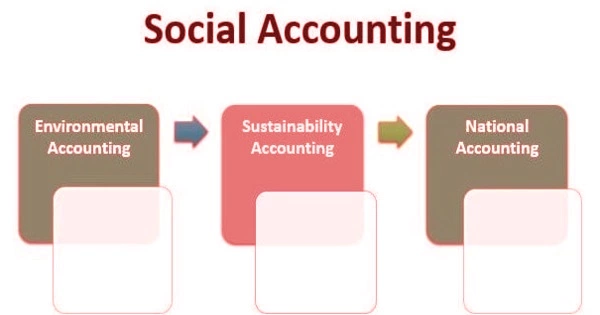In a partial audit, the work of the auditor is curtailed. The auditor is asked to check a few books, e.g., he may be asked to check the payment side of the cash book.
When an auditor is appointed to conduct a partial audit, he must make it clear in his report that he has performed a partial audit as per the instructions of the silent. This audit is done only for a specific purpose; for example, to check the receipt side of the payment side of the cash book, to check cash sale, to check purchases or expenses only.
Advantages of Partial Audit
A partial audit has the following advantages:
- Partial audit conducts the audit of the suspected area; so, the work of audit remains less expensive.
- It serves the specific interest of the client.
- It helps to detect and improve the frauds and errors quickly because an audit of the suspected area is conducted.
- There is much scope to render quick service, as the auditor has to deal with only one or two aspects of business transactions.
- A partial audit provides suggestions after checking books of accounts of a particular area which helps to increase the efficiency of staffs.
- Critical analysis of the books of account relating to a particular item or group of items is made possible. iv. It may act as a morale check on the part of persons who intend to falsify accounts.
















